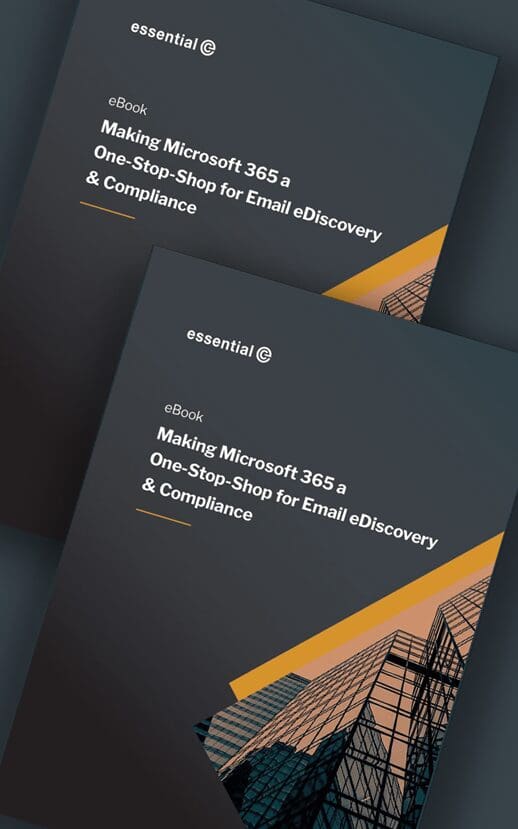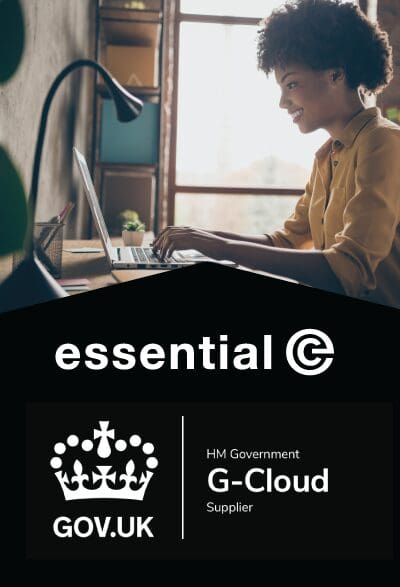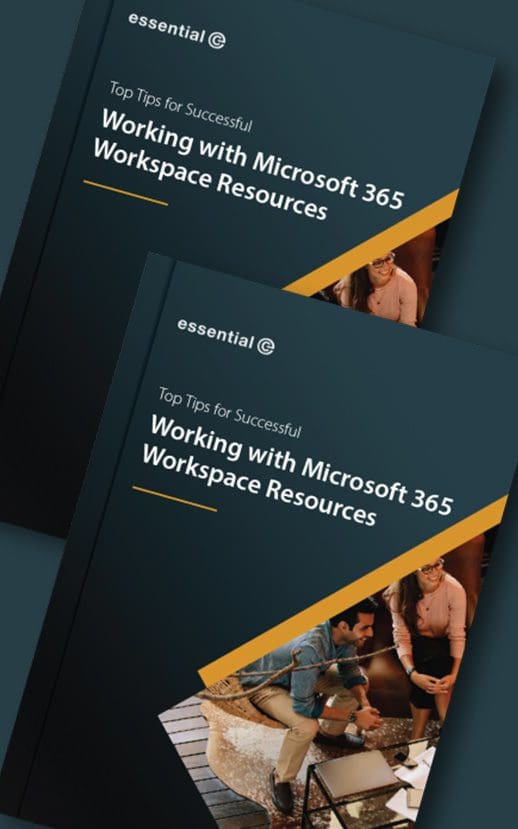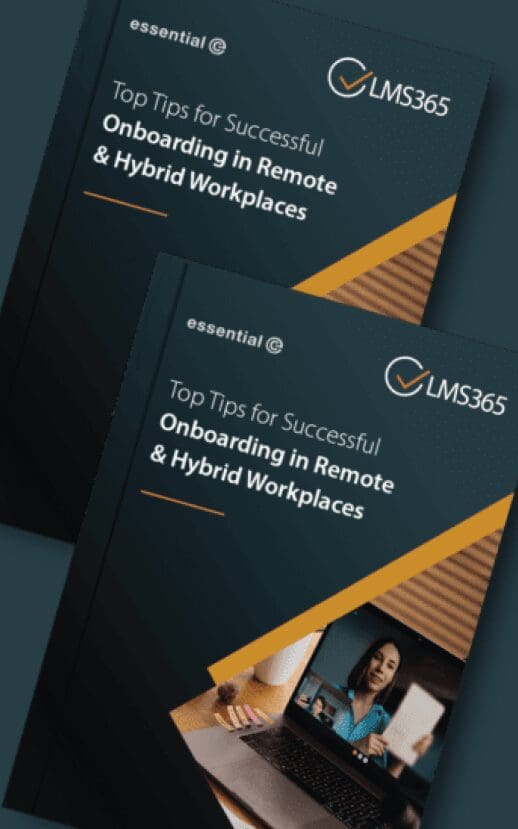Learning Management
Digital Detox: How UK C‑Suite Executives Can Reclaim Productivity & Wellbeing by Reducing Digital Overload
Ever catch yourself checking emails late at night or feeling obliged to reply to a Teams message on holiday?
According to research by tech-free break specialists unplugged.rest, you’re not alone. In the UK, nearly 60% of professionals feel the pressure to respond to work communications outside of office hours.
This ‘always-on’ culture has crept into the daily life of executives, blurring work-life boundaries. For C‑suite leaders, who are constantly connected and overseeing operations, digital overload isn’t just an annoyance, it’s a serious threat to productivity and mental health.
The good news is that a digital detox can help break this cycle.
The Digital Overload Dilemma for Leaders
Digital overload refers to the feeling of being bombarded by emails, messages, video calls, and information to the point where it’s difficult to focus. The average office worker is interrupted about every 11 minutes and takes roughly 25 minutes to regain focus after each interruption, which makes me wonder how we ever get anything meaningful done at all?
For a busy exec juggling high-level decisions, these constant digital distractions can ‘do a number’ on your strategic thinking. It’s not just productivity tanking; mental wellbeing suffers too. Being constantly attached to devices can lead to anxiety, burnout, and a diminished ability to think creatively. We worry about screen times for our kids, while being glued to devices ourselves.
In fact, UK surveys show that over two-fifths (43%) of workers sometimes feel burned out, and senior leaders are among those most affected. business.just-eat.co.uk
As a leader, acknowledging this dilemma is the first step; digital overload is real, and it’s impacting you and your organisation.
The UK’s Always-On Work Culture
British business culture has long valued a strong work ethic, but in recent years ‘hard work’ has morphed into ‘constant work’ thanks to technology. A survey of UK office workers found 70% have work apps (like email, Slack or Teams) on their personal phones making it all too easy to bring the office into evenings and weekends- something I am guilty of myself.
With remote and hybrid working becoming common, the boundaries between ‘work time’ and ‘personal time’ have blurred for everyone – including the C‑suite. It’s no surprise that about 27% of UK employees say they often struggle to fully switch off in the evenings or on holiday.
This always-on culture can create an unspoken expectation that leaders and employees alike should be available at all hours.
But awareness of this issue is growing in the UK. There are even calls for a formal ‘right to disconnect’. The Labour Party has proposed a ‘right to switch off‘ law to help combat burnout in our remote-work era, and I’m here for it.
While this is still in discussion, the very fact that the subject has been raised and discussed at Government level shows we are seeing a mindset shift beginning to happen: both employees and employers are recognising that constant connectivity is unsustainable.
The Cost of Digital Overload on Productivity and Wellbeing
Staying glued to screens and tethered to notifications has a very real cost for executives and their organisations. Multitasking and constant context-switching mean tasks take longer and are prone to errors. For example, checking that ‘urgent’ email in the middle of writing a project plan might seem harmless, but each check-in resets your focus. Anyone who checks their phone for something, then looks up realising they have lost an hour, knows this to be true.
Studies have found that an employee who is frequently interrupted may lose hours of effective working time every week, and I can well believe it.
In writing this article, I found some worrying statistics. Chronic digital overload can manifest as stress, insomnia, or burnout.
The World Health Organisation now classifies burnout as an ‘occupational phenomenon’, and it’s often linked to an inability to detach from work. UK data underscores the severity of the issue: roughly one in five UK workers had to take time off in the past year due to mental health struggles from workplace stress. mentalhealth-uk.org

Prolonged stress not only impairs decision-making and creativity, it can also lead to serious health issues. The Health and Safety Executive (HSE) reports that stress-related conditions now make up about half of all work-related ill health cases in Britain press.hse.gov.uk
For a CEO or director, that means your own overload might be affecting your health and your company’s bottom line through lost days and impact on your business and team culture. No one wants this.
In short, digital overload is a productivity killer and a threat to wellbeing.
Case in Point: UK Companies Embracing Digital Detox
The concept of a digital detox – intentionally unplugging from technology to rebalance – isn’t just a ‘fluffy’ personal wellness trend. Companies across the UK are experimenting with it to support their people. These examples gave me some inspiration:
- Channel 4’s Screen-Free Breaks: Channel 4, one of the UK’s leading broadcasters, noticed the toll endless video calls and online meetings were taking on staff. In response, CEO Alex Mahon introduced a policy of meeting-free 90-minute lunch breaks every day, and even “no-meeting Fridays,” to give everyone a chance to step away from their screens.
This top-down initiative signalled to employees that it’s okay to disconnect for a while during the workday. Teams returned to work after these breaks more refreshed, and the company reported improved focus and morale. It’s a great example of leadership setting the tone for healthier habits. - Flexa Careers’ Digital Detox Holidays: Flexa Careers, a London-based flexible working company, took an innovative approach to encourage true rest. The firm actually pays for staff to go on ‘digital detox holidays’, three nights in rural UK cabins with no laptops or smartphones allowed
This came after the CEO noticed how beneficial periodic company-wide ‘shutdown weeks’ (where no one was expected to check email or Slack) had been. According to Flexa’s co-founder Molly Johnson-Jones, the difference these unplugged breaks made was ‘immense’, with employees returning “more focused and inspired” after disconnecting from digital distractions.
It might sound extreme, but Flexa’s experience shows that even tech-centric companies can thrive by mandating offline time. - TechNET’s Four-Day Week Experiment: TechNET IT Recruitment, a UK recruitment firm, addressed overload by giving people more time away from work altogether. They piloted a four-day work week (‘Flex Fridays’ off) to combat burnout. The outcome was striking – the company’s sales went up 78% year-on-year, far above the ~20% industry average, and the Managing Director credited the jump to a productivity boost from better-rested, happier employees. This case proves that reducing working hours and digital demands doesn’t hurt results; in fact, it can supercharge them.
These examples show that intentionally reducing digital overload can lead to higher productivity and better wellbeing. I don’t think it’s a coincidence that the initiatives which saw success were championed by leadership setting the tone.
5 Strategies for a Digital Detox in the C-Suite
Digital detox isn’t about going “off the grid” completely (well, not all the time) or shunning technology, it’s more about regaining control, and practicing what the author Cal Newport calls ‘digital minimalism’. Newport defines digital minimalism as intentionally reducing time spent on digital tools and focusing only on those that genuinely add value. His strategies are aimed at reclaiming focus, improving mental clarity, and enhancing decision-making, all of which directly benefit people facing digital overload.
This list includes some very actionable examples in any size organisation:
1. Lead by Example – with Boundaries
Set the tone by being clear on your own boundaries with technology. For instance, you might commit to no emails after 7pm and communicate this to your team. Microsoft Outlook and Teams have built in scheduling so you can ensure messages go out the next morning instead of late at night.
If I send late night emails (usually because I’ve had a thought I must take action on) I typically find someone responds – which is not what I’m after. But if I remember to schedule messages, I can get it out of my brain, and we can discuss at a reasonable working hour. It’s work in progress to create the habit to schedule send rather than firing off that message, but building the habit is worthwhile.
You could even go a step further and adopt a policy that discourages out-of-hours emailing. Some UK firms even put this in email footers: ‘There’s no expectation to reply outside of work hours’.
2. Schedule ‘Digital Off’ Time in Your Day
Just as you schedule meetings, schedule non-digital time for deep work or recuperation. Many of our team already do this, ensuring we block time for lunch or school runs or walk breaks. Time away from screens and requests to reset.
You can do this on a personal level (e.g., block 12:30–2:00 pm for a screen break or reflection time) and/or at a company level (I like the idea of Friday afternoons as a no-meeting, low-email period, or for designated learning time). Microsoft’s Viva Insights includes a whole host of features designed to support this: Quiet Time and Break Reminders in Viva Insights can help to carve out pockets of time and remind you to take a break. Microsoft provides free learning resources you can signpost on your intranet or LMS.
3. Embrace Micro-Detoxes and Breaks
Don’t underestimate the power of small breaks. Even 5 to 10 minutes every hour or two away from a screen can reset your mind. The UK’s Health and Safety regulations advise employers to build breaks into the workday when employees use screens so follow that guidance for yourself too.
Go chat to a colleague, grab a cuppa and biscuit without your ‘phone, or simply look out the window to recharge your eyes and mind.
Research shows that working in long, unbroken stretches leads to diminishing returns; skipping breaks depletes your mental energy and reduces overall effectiveness.

Encourage colleagues to do the same; with the role of the office still evolving, the social moments can make all the difference for connection, trust building and just making the workplace work better for us.
Implement Structural Solutions
There are options you could consider like policies or tools that reduce overload for the whole organisation.
- No-Notification Periods: Suggest that your team (and especially other leaders) mute non-essential notifications during certain focus hours. For example, a CFO might silence email alerts when crunching important numbers.
- Right-to-Disconnect Guidelines: Even before any UK law mandates it, you can put in place a company guideline that employees are not expected to reply to messages outside of work hours or on holidays. I’m not sure when having to do this became a thing (hustle culture has a lot to answer for). It is fair and reasonable for people to have a clearly defined working day.
4. Use your Tech effectively
Microsoft has recognised the importance for including wellbeing features in their Office apps. Aside from the ‘schedule send’ feature, many of the team here at Essential Computing use features like Focus Time or the feature to default shorten meetings in Teams, to protect calendars from overload and excessive calls and meetings. Building other processes like one-to-one check-ins with your team, into Teams keeps things simple and helps to reduce the overload.
5. Foster a Culture of Trust and Output, Not 24/7 Availability
A big part of digital overload is psychological; fear of being seen as doing less, can lead to presenteeism at unhealthy levels.
Counter this by promoting a culture that values results over responsiveness. Encourage managers to measure success by outcomes, not by who responds to an email fastest at 10pm. In practice, this means reassuring your teams (and yourself) that it’s okay not to answer immediately. As the examples above show, focusing on productivity rather than presenteeism can greatly boost employees’ mental well-being and performance.
Build trust within your leadership team that everyone will get their work done; instead of micromanaging, consider scheduled check-ins which are focussed on actions and activity. When people don’t feel the boss is watching for instant replies, they can mentally disconnect after hours without guilt. Over time, you’ll cultivate a healthier, more autonomous workplace where people can step away from their screens without panic, while still making progress on goals.
Conclusion
In our ‘always on’ business culture, leaders face unique pressures to stay connected and informed. Yet, as we’ve seen, being perpetually plugged in comes at a high price to both productivity and personal wellbeing.
By consciously taking steps to reduce digital overload, we are not shirking responsibility; we’re leading by example. Whether it’s instituting meeting-free Fridays like Channel 4, encouraging real holidays like Flexa, or setting clear boundaries around messaging outside core working hours, these acts send a powerful message. The message that you prioritise the most important resources we have; time, and people. And when you as a leader prioritise mental wellbeing and efficient work over frantic digital hustle, the results can only be good.
Want to learn more about our learning & engagement solution for Microsoft 365?
Get in touch to arrange a chat or a demonstration.

















